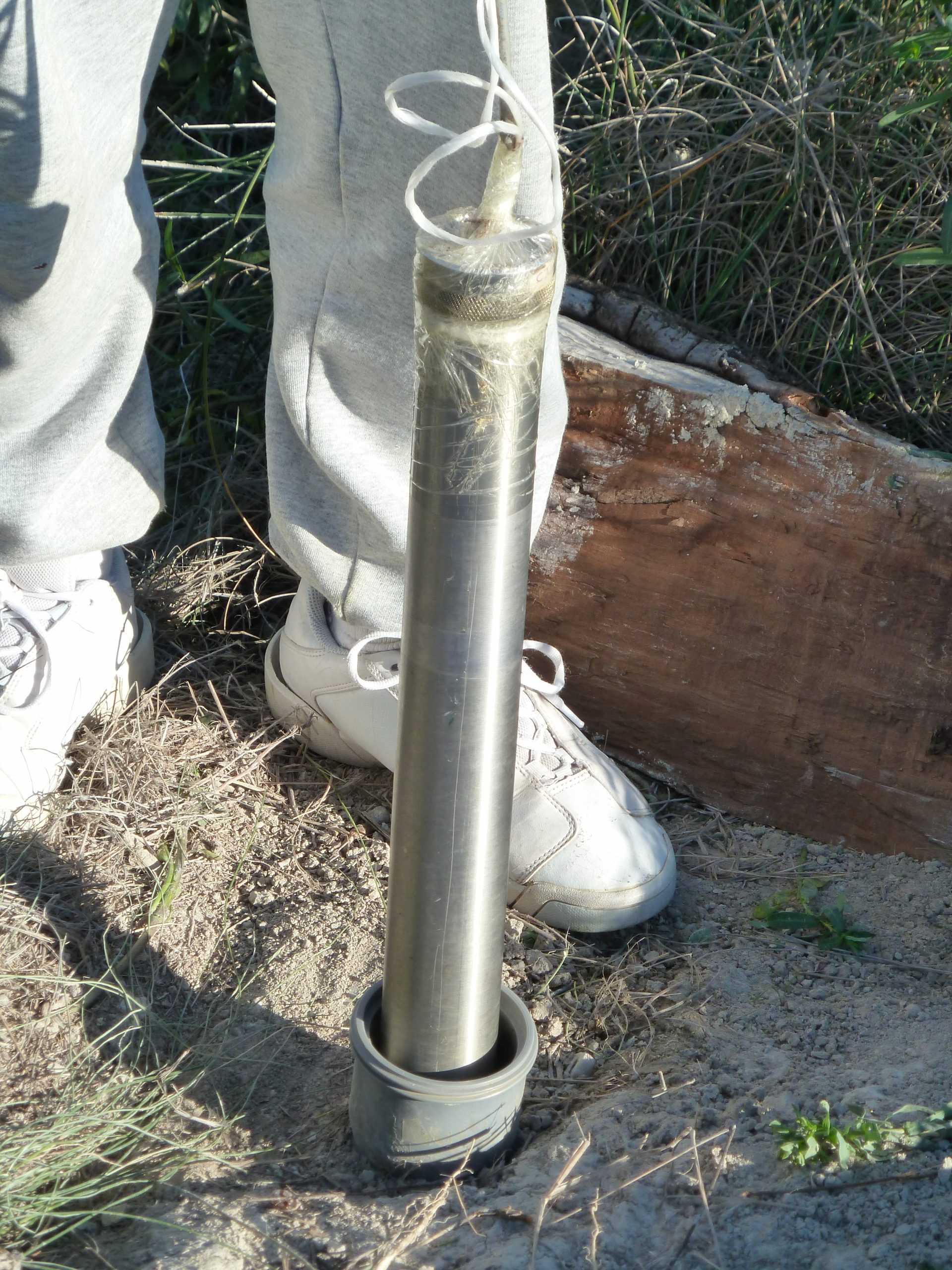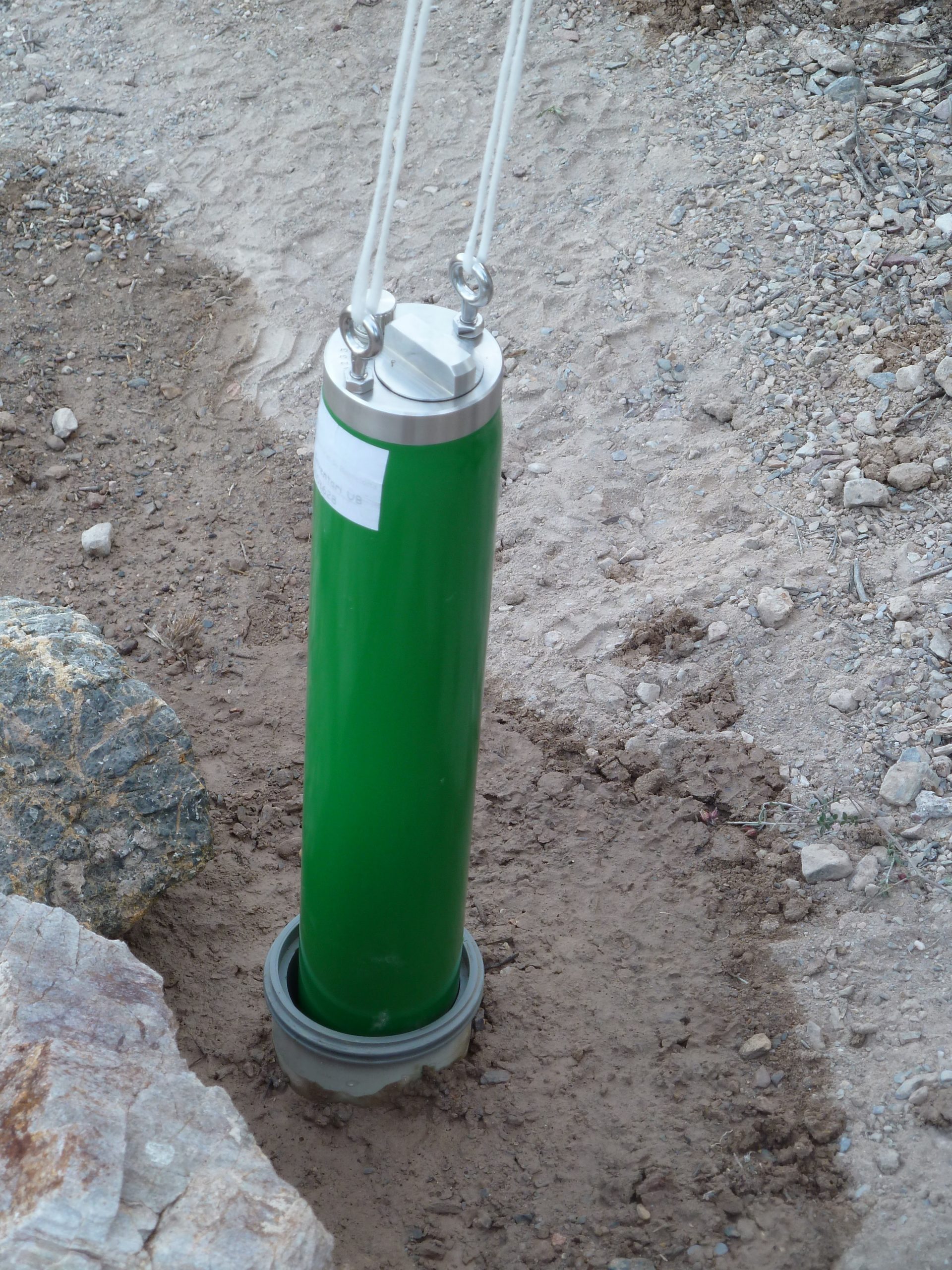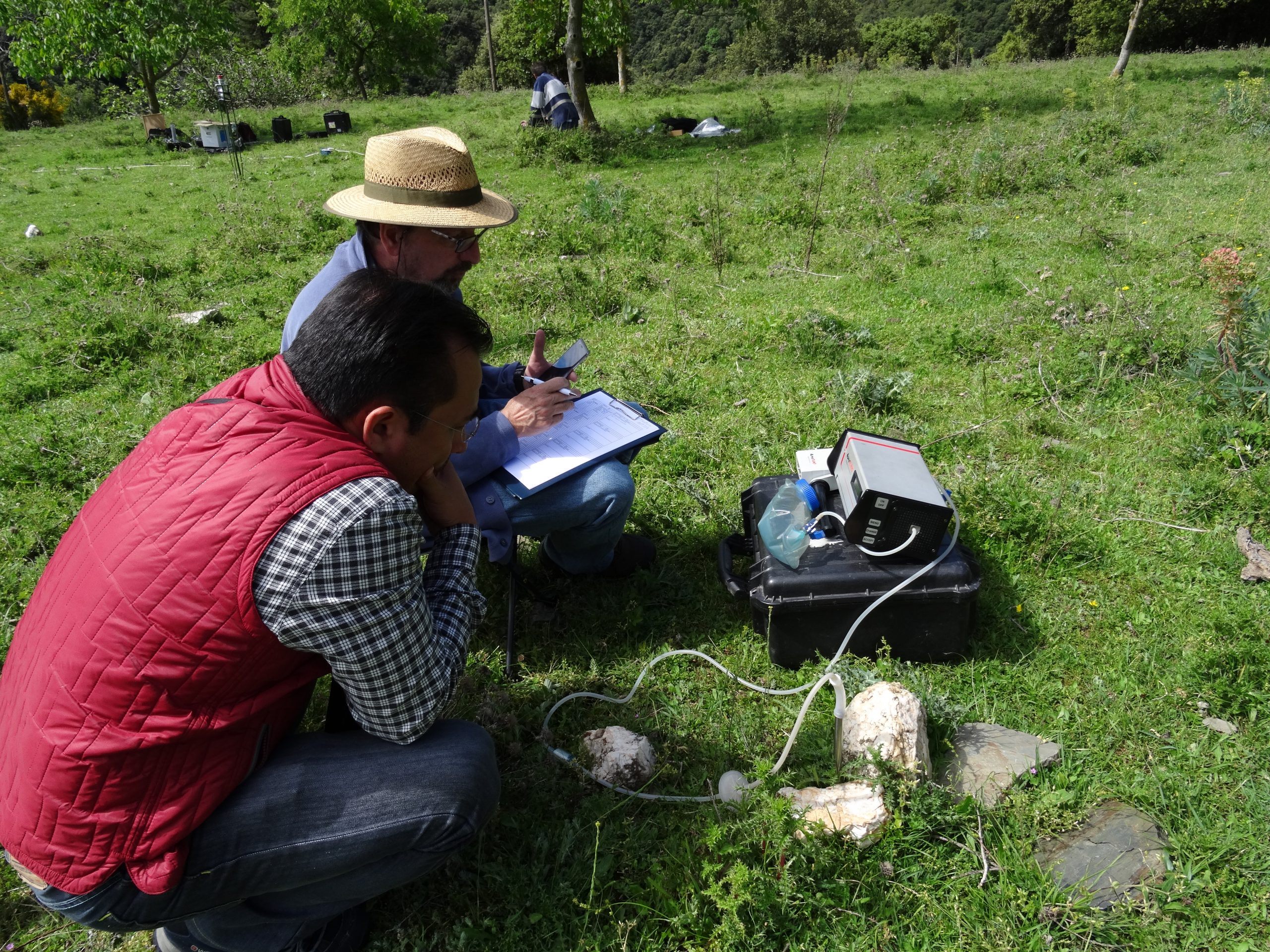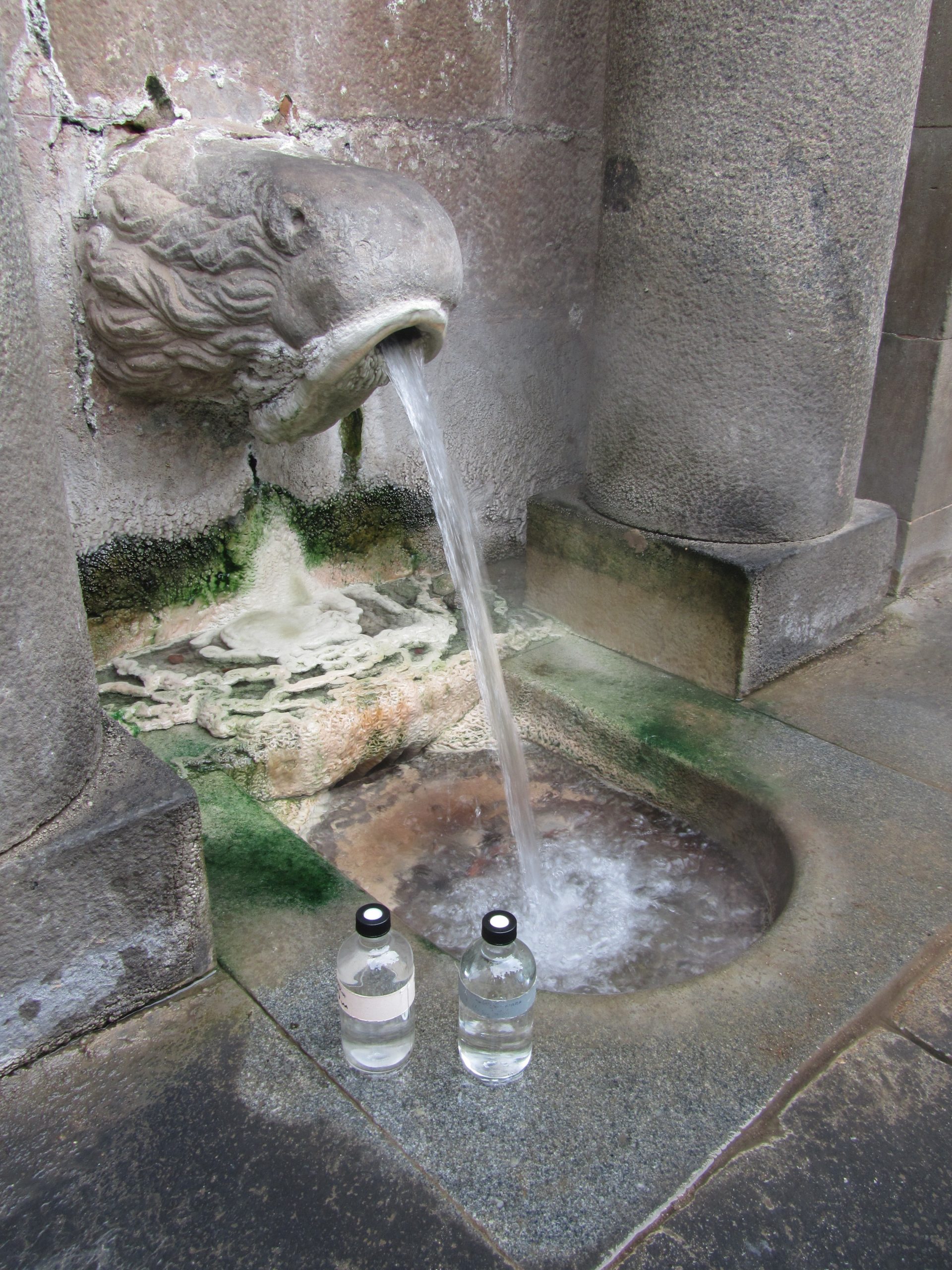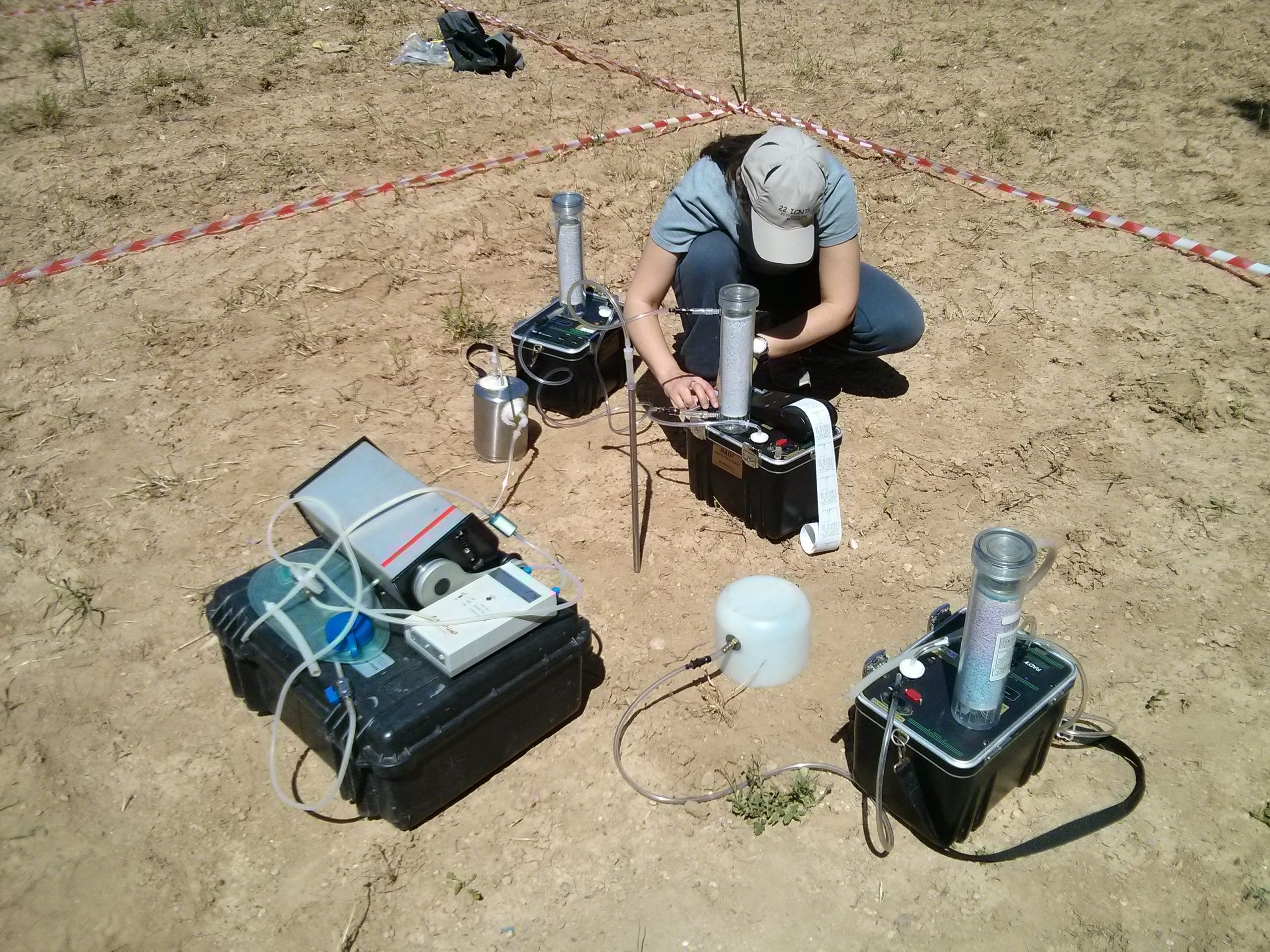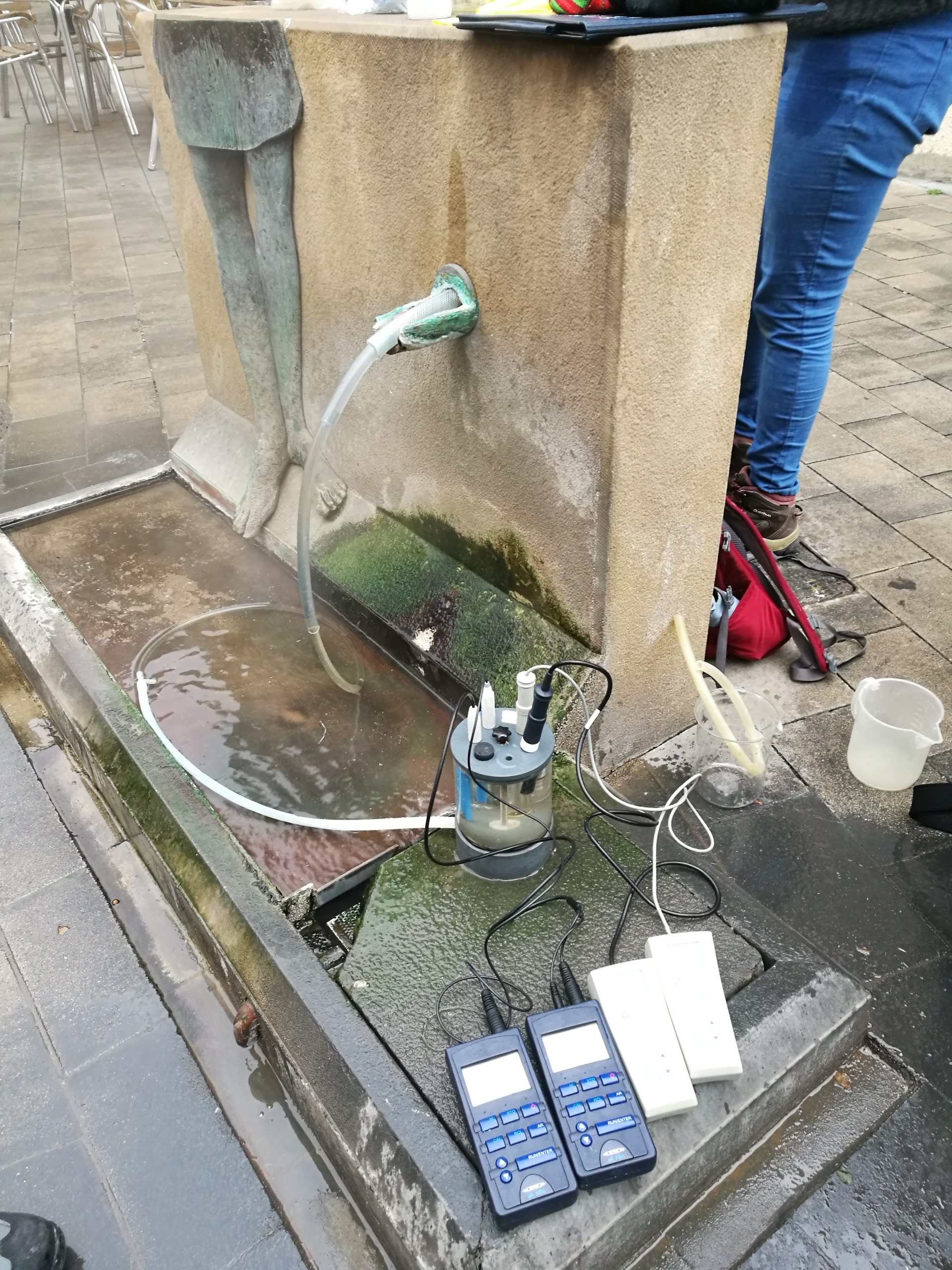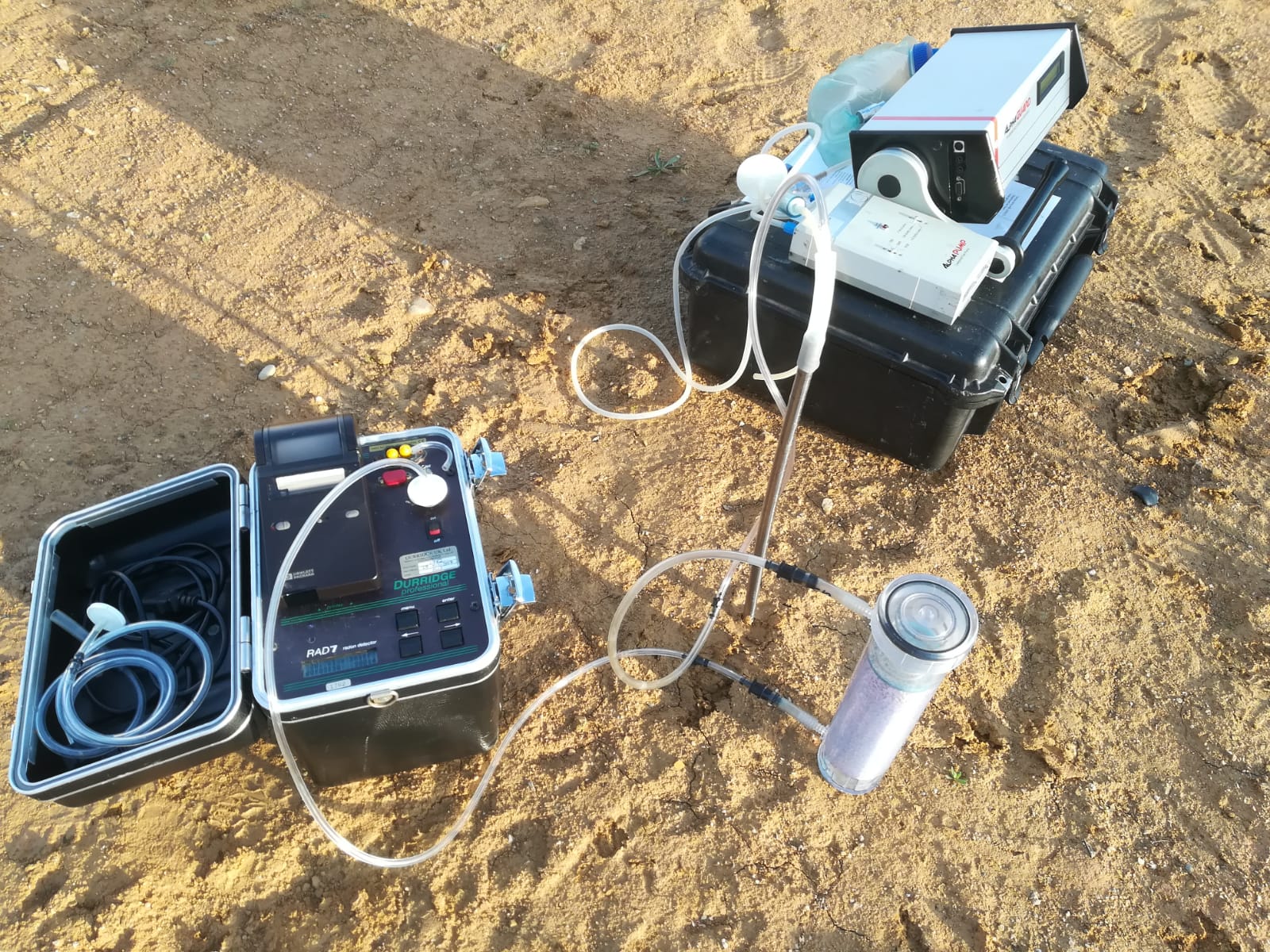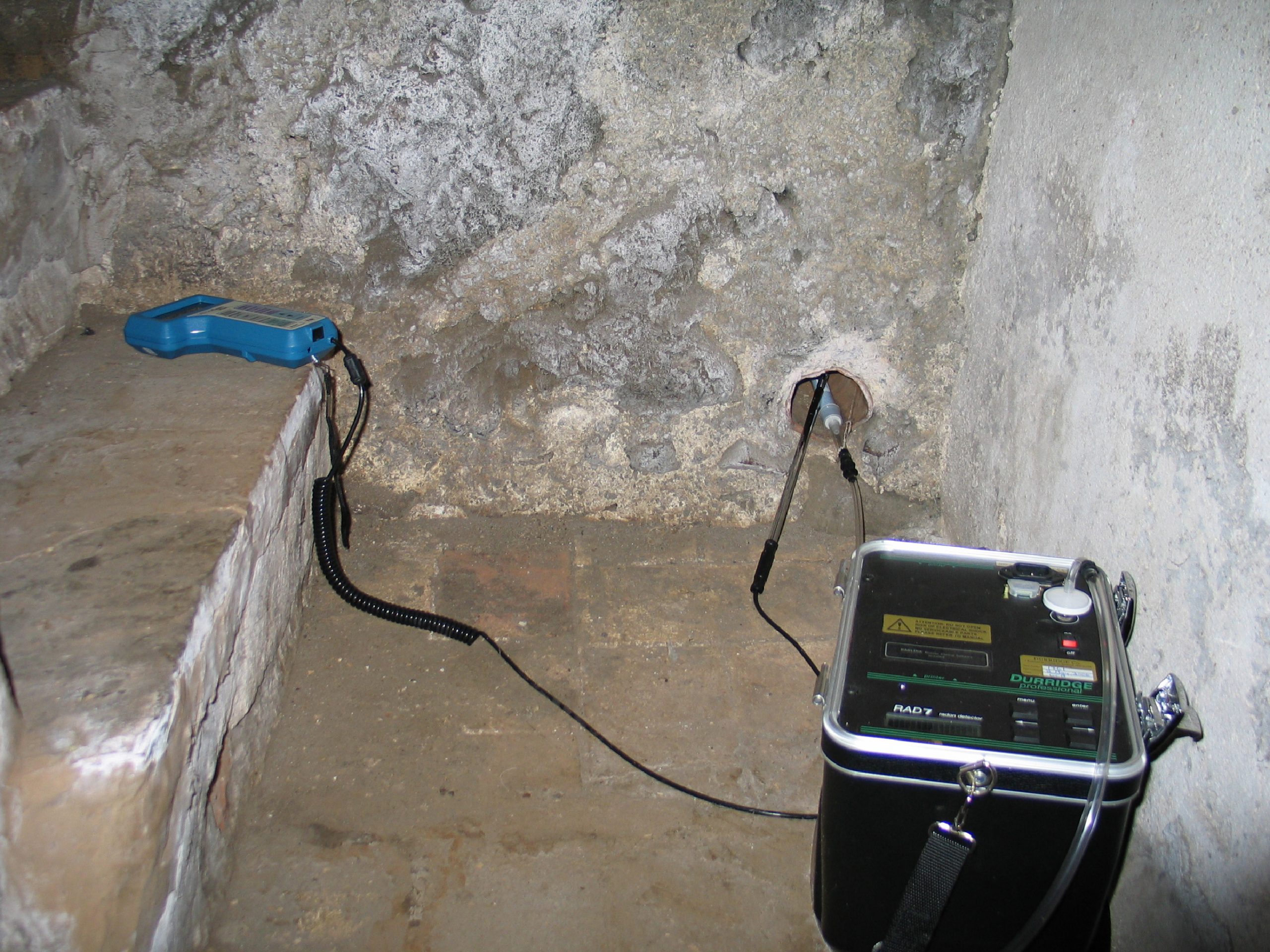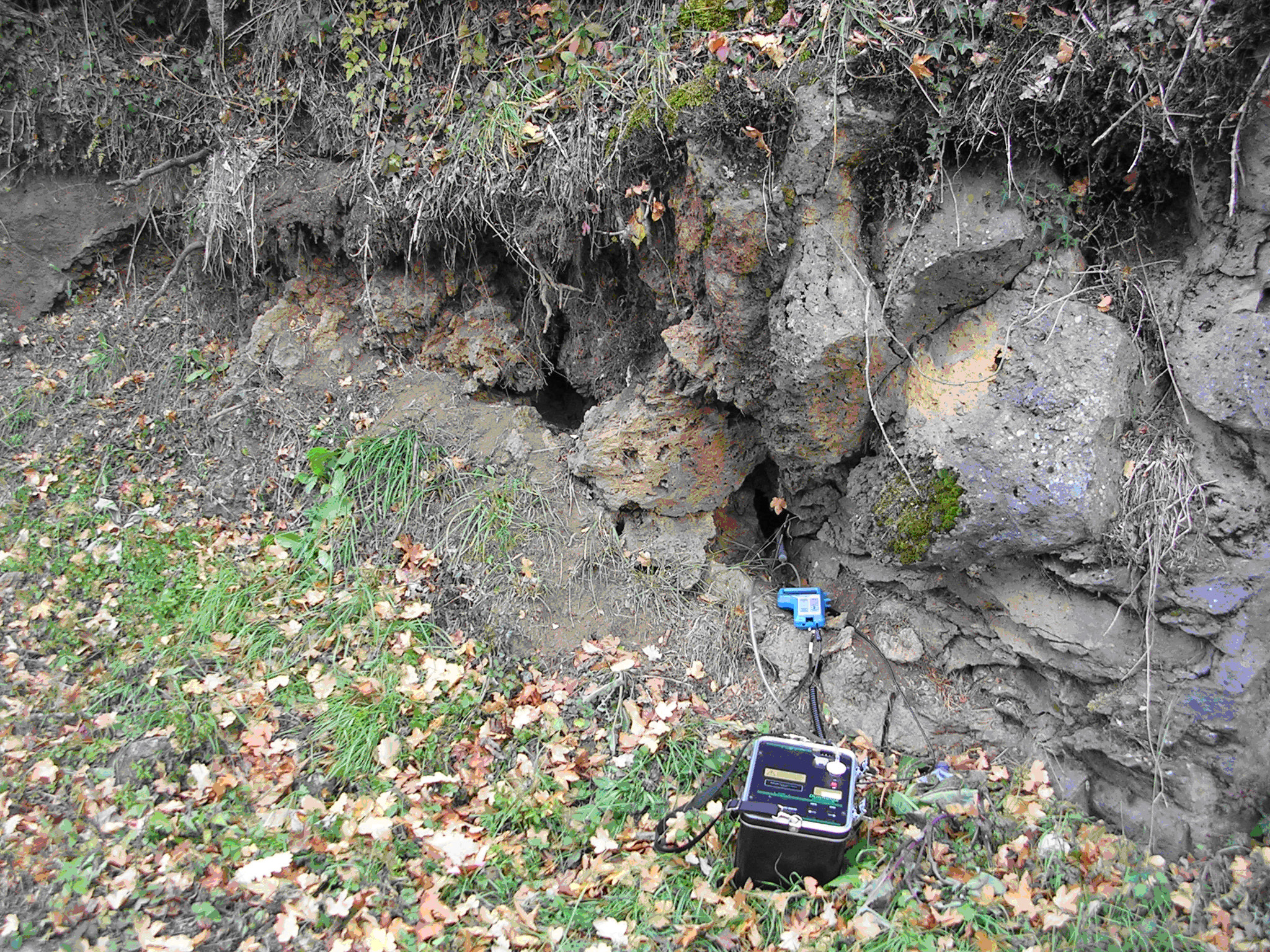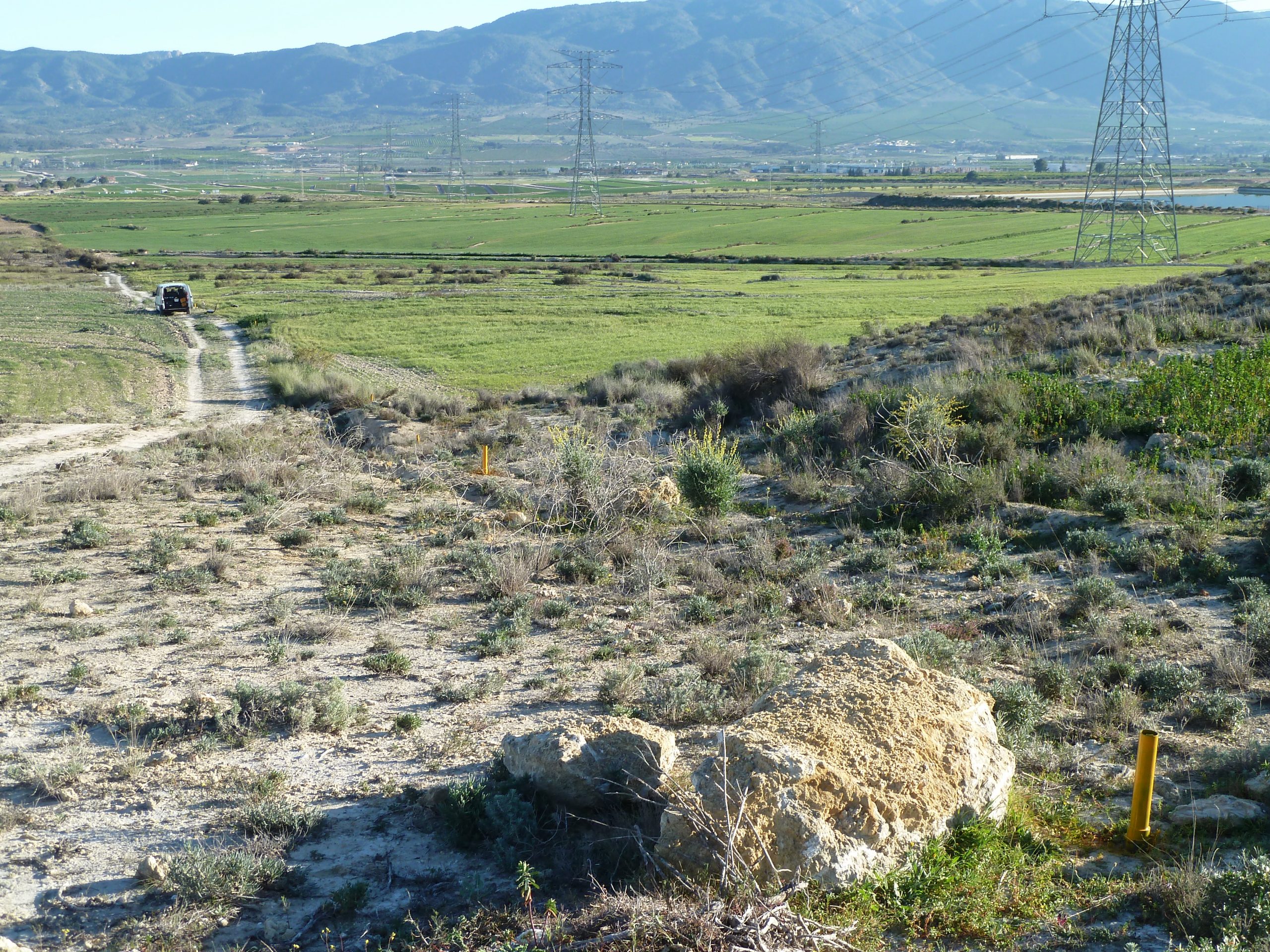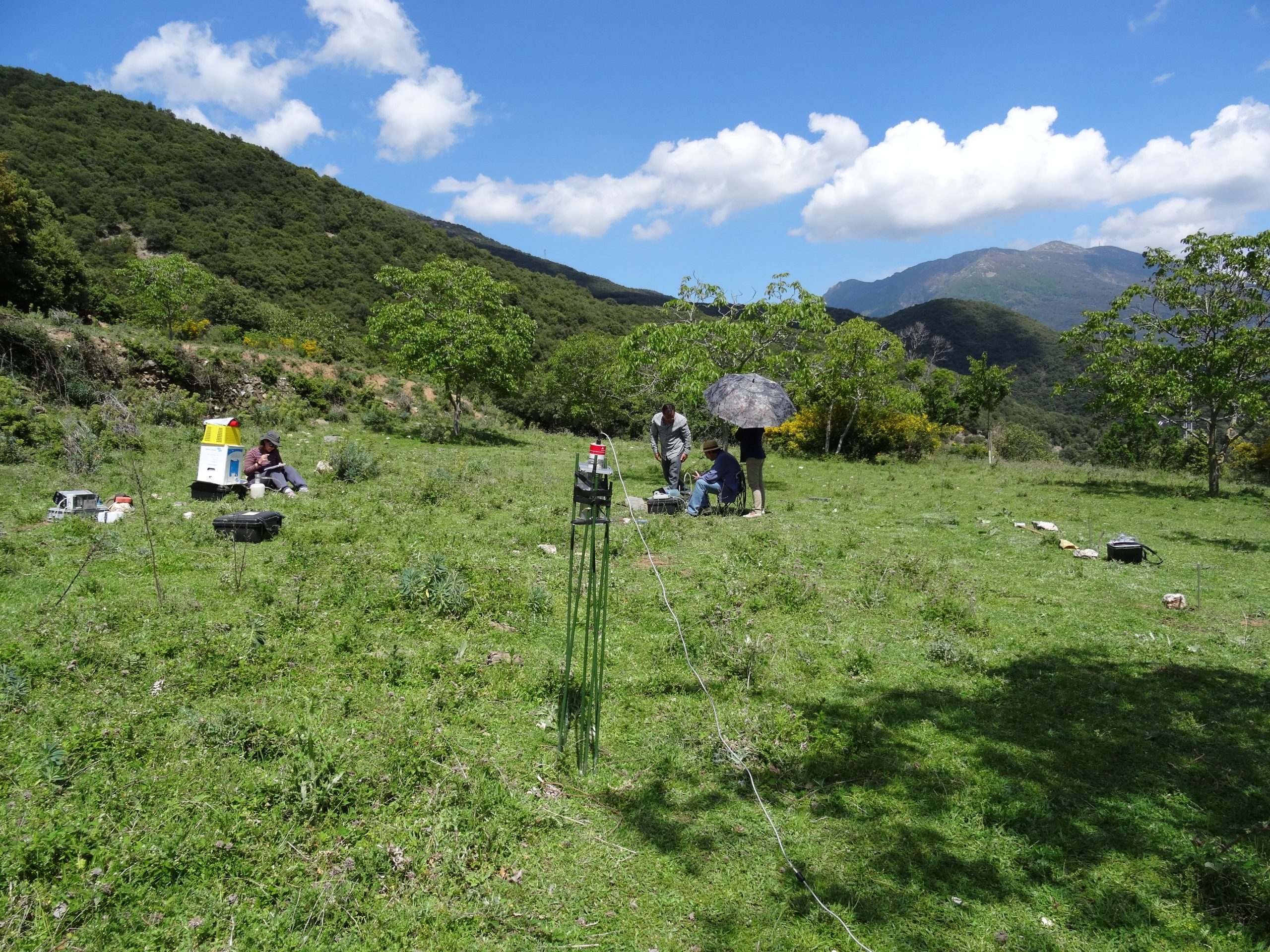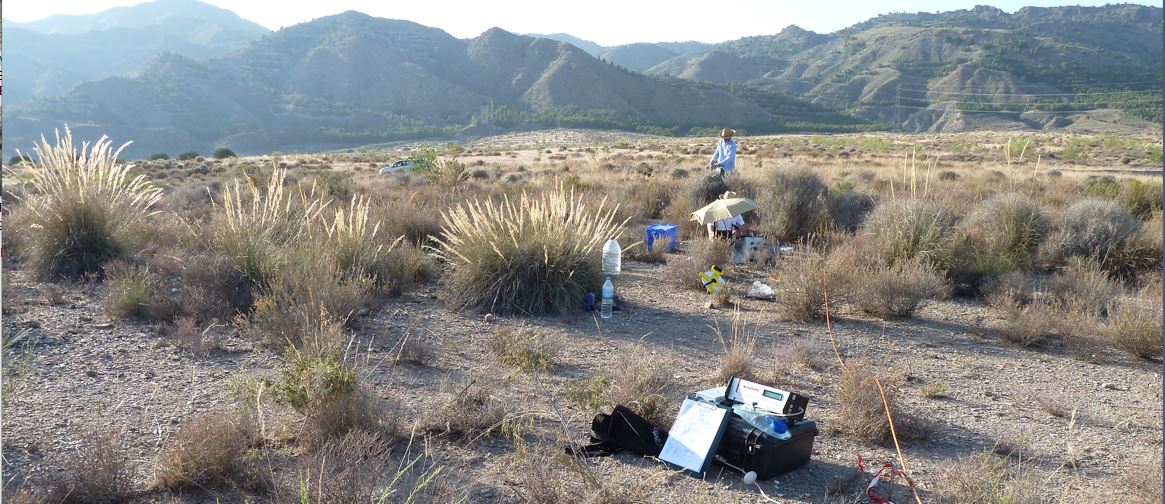Radon has several applications in the earth sciences because it can be accurately measured in soil, water, and air. It is a radioactive noble gas that results from the decay of uranium and thorium, present in almost all types of rock and soil. There are three natural isotopes of radon; 222Rn, 220Rn, and 219Rn with half-lives of 3.82 days, 55.6 s, and 3.96 s, which are derived from the 238U, 232Th, and 235U decay series, respectively. Radon can move quite freely through porous media such as soil or fractured rock, can be incorporated into groundwater flows because it is water soluble, can migrate significant distances within the soil and atmosphere, as well as entering buildings and accumulating indoors. The dynamics of soil radon is given by the balance between the processes of generation and transport through the porous matrix of the soil.
Our objectives are to
- infer the degree of activity of areas where gas or ground water can flow at a higher speed and transport radon gas, such as, for example, potentially seismogenic fractures and/or areas with thermalism. We have carried out studies on the Amer fault, La Maladeta and the Alhama de Murcia fault.
- quantify the levels of radon that are concentrated in buildings as a measure of radiological protection, especially in areas with lithologies containing high concentrations of radium. We participated in the 10×10 km project to measure radon inside homes, and in the project promoting the inclusion in the Technical Building Code (CTE) of protection measures against radon acummulation in buildings.

